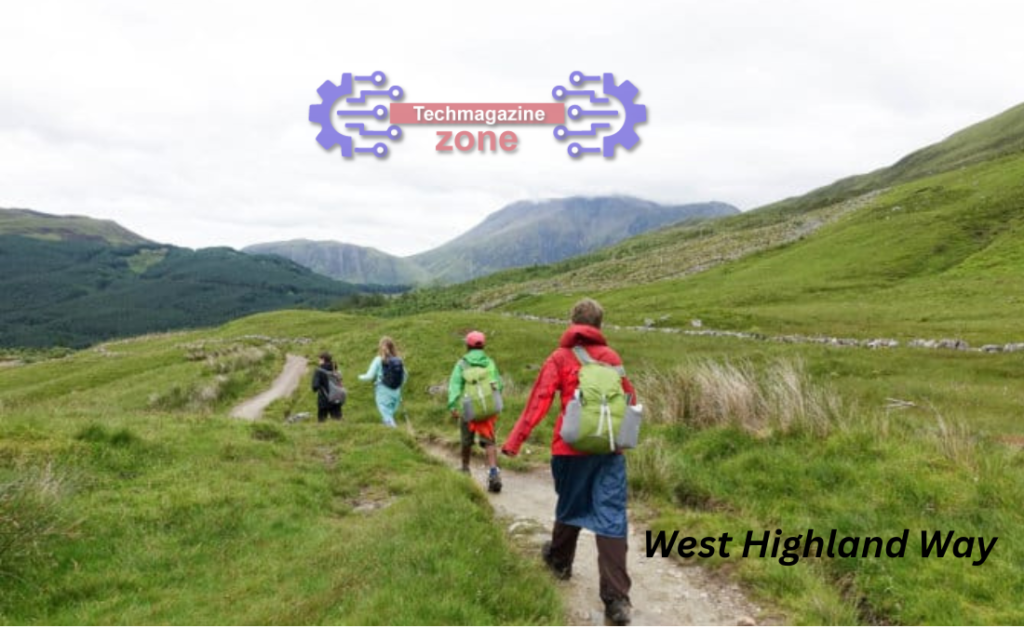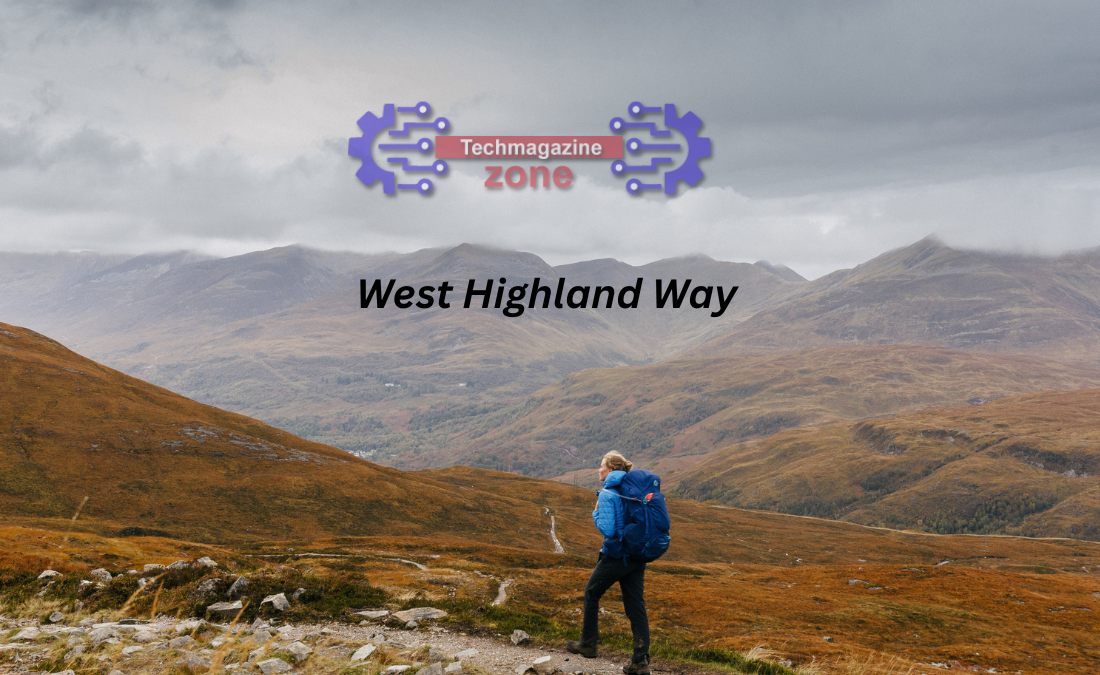The West Highland Way is one of the most iconic and well-loved long-distance walking trails in the United Kingdom. Stretching 96 miles (154 kilometers) from Milngavie, just north of Glasgow, to Fort William in the Scottish Highlands, this route offers a stunning combination of rolling lowlands, tranquil lochs, remote glens, and dramatic highland scenery. In this article, we will explore the West Highland Way in detail, offering insights into its history, route, attractions, accommodations, and practical tips for prospective hikers.
History of the West Highland Way
The West Highland Way was officially opened in 1980 as Scotland’s first official long-distance route. The idea was initiated by Tom Hunter, a keen walker and advocate for public access to the countryside. Designed to showcase the diverse landscapes of Scotland, the route has since become a national treasure, attracting more than 40,000 walkers every year.
The trail follows old drovers’ roads, military roads built in the 18th century after the Jacobite uprisings, and ancient paths used for centuries by Highlanders. Its establishment not only promoted outdoor recreation but also provided economic benefits to rural communities along the trail.
The Route of the West Highland Way
The West Highland Way runs in a generally northward direction, beginning in Milngavie and ending in Fort William. The trail is typically walked from south to north, allowing hikers to gradually build up stamina as the terrain becomes more rugged.
1. Milngavie to Drymen (12 miles / 19 km)
This first section passes through parklands and rolling farmland, easing hikers into the journey. The terrain is gentle and includes parts of Mugdock Country Park.
2. Drymen to Balmaha (7.5 miles / 12 km)
Hikers enter the Loch Lomond & The Trossachs National Park and climb Conic Hill for sweeping views over Loch Lomond and its islands before descending to the shoreside village of Balmaha.
3. Balmaha to Rowardennan (7.5 miles / 12 km)
The trail hugs the eastern shore of Loch Lomond. Though scenic, this section can be challenging due to its rocky terrain.
4. Rowardennan to Inverarnan (14 miles / 22.5 km)
This is one of the tougher legs of the route. The path continues along Loch Lomond and involves narrow, rugged terrain but rewards hikers with beautiful lochside views.
5. Inverarnan to Tyndrum (12 miles / 19 km)
Heading away from the loch, the trail becomes more open and mountainous, following Glen Falloch and the River Fillan through ancient farmland.
6. Tyndrum to Bridge of Orchy (7 miles / 11 km)
This relatively short section offers expansive Highland views and is often seen as a breather after the challenges of the lochside paths.
7. Bridge of Orchy to Kingshouse (12 miles / 19 km)
Crossing Rannoch Moor, one of the last great wildernesses of Europe, this part of the trail offers remote and hauntingly beautiful scenery.
8. Kingshouse to Kinlochleven (9 miles / 14.5 km)
After a flat start, hikers tackle the Devil’s Staircase, the highest point on the trail at 550 meters. The descent into Kinlochleven is steep and dramatic.
9. Kinlochleven to Fort William (15 miles / 24 km)
The final stretch includes forested paths and mountain views, eventually descending into Fort William beneath the shadow of Ben Nevis, Britain’s highest mountain.
Wildlife and Scenery on the West Highland Way
The West Highland Way traverses an incredibly diverse range of habitats. Hikers might encounter red deer, golden eagles, buzzards, and even pine martens. The landscapes change from lush woodlands and lochside beaches to moorlands and rugged mountain passes.
Key scenic highlights include:
- The view from Conic Hill over Loch Lomond.
- The remote beauty of Rannoch Moor.
- The ascent of the Devil’s Staircase.
- The approach to Ben Nevis at the trail’s end.

Accommodation Options Along the West Highland Way
Hikers on the West Highland Way have several accommodation choices depending on their preference for comfort and budget.
1. Bunkhouses and Hostels
Popular among budget travelers and solo hikers, these are found in places like Rowardennan, Tyndrum, and Kinlochleven.
2. Bed and Breakfasts (B&Bs)
Widely available and offering warm Scottish hospitality, B&Bs are a great middle-ground option.
3. Hotels and Inns
Ideal for those who want a more comfortable experience, particularly in larger villages like Drymen or Fort William.
4. Camping
Wild camping is legal in Scotland under the Scottish Outdoor Access Code, but restrictions exist, especially in parts of Loch Lomond. Designated campsites are recommended for safety and environmental reasons.
Best Time to Hike the West Highland Way
The West Highland Way can technically be walked year-round, but the most popular and safest time is between April and October.
- Spring (April-May): Wildflowers in bloom, longer daylight, fewer midges.
- Summer (June-August): Warmest weather, but busier and more midges.
- Autumn (September-October): Stunning foliage colors and fewer crowds.
- Winter: Not recommended for inexperienced hikers due to snow, ice, and limited daylight.
Preparing for the West Highland Way
1. Physical Preparation
Though the route is not mountainous throughout, a basic level of fitness is required. Regular walking and hill training before the trip are advised.
2. Packing Essentials
- Waterproof clothing (the weather is changeable)
- Good-quality hiking boots
- Map and compass or GPS
- First aid kit
- Snacks and hydration supplies
3. Luggage Transfer Services
To lighten the load, many hikers opt for a luggage transfer service that transports bags from one accommodation to the next.
Cultural and Historical Insights
Walking the West Highland Way is also a journey through Scottish history. Hikers pass by clan battlefields, ancient ruins, and routes once trodden by cattle drovers and soldiers.
Points of cultural interest include:
- The ruins of St. Fillan’s Priory near Tyndrum
- Glen Coe, scene of the infamous massacre of the MacDonalds
- Military roads built after the Jacobite uprisings
Challenges on the West Highland Way
Despite being a popular trail, the West Highland Way can present challenges:
- Weather: Sudden changes in weather are common.
- Midges: Small biting insects, especially around Loch Lomond in summer.
- Fatigue: The continuous walking can take its toll, especially on less experienced hikers.
Proper planning, pacing, and rest days can help manage these issues.
Conclusion: Why Hike the West Highland Way?
The West Highland Way is more than a long walk—it’s an immersive experience into the heart of Scotland’s natural and cultural heritage. Whether you’re drawn by the landscapes, wildlife, history, or personal challenge, this trail offers something unforgettable for every hiker. From the rolling lowlands near Glasgow to the towering presence of Ben Nevis, every mile brings new inspiration.
If you’re seeking an adventure that combines physical endurance, scenic beauty, and cultural enrichment, the West Highland Way should be at the top of your bucket list.
